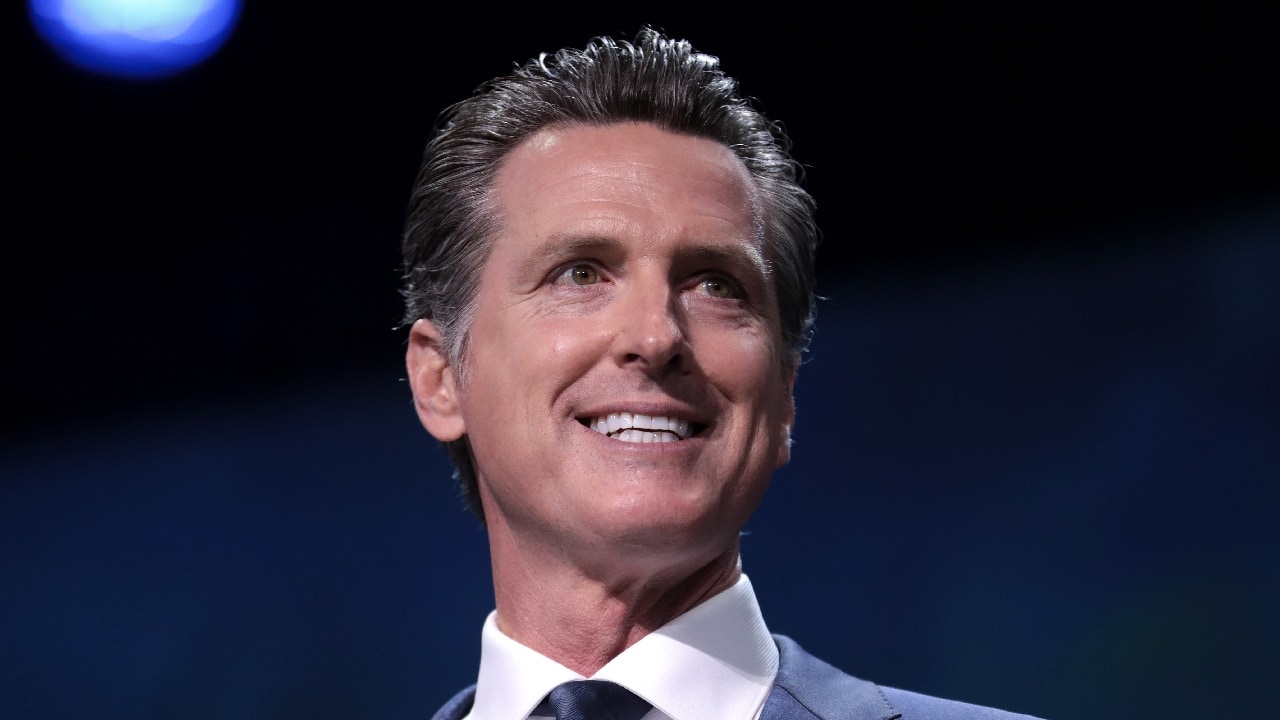The federal government isn’t the only one racking up billions of dollars – well, trillions, really – in debt.
Under the leadership of Governor Gavin Newsom, California has gone from a fiscally sound and strong economy to one that is following in the footsteps of Washington D.C., mired under mounds of debt. $31.5 billion to be exact.
It is estimated that the state’s budget deficit has grown by $9 billion since January alone.
These numbers are enough to give anyone whiplash considering this time last year, the state was wondering how to spend a record $97.5 billion surplus.
What caused a $128.5 billion swing?
Lost Revenues
The general fund of the state funds most of its state programs. The revenues to fill that fund come from a variety of different sources, the biggest contributor being personal income taxes.
California has one of the most progressive income taxes in the country, which includes taxes on capital gains (investments such as stocks). This means that those with more wealth are taxed more heavily than those with a lesser amount of income and provide a disproportionate amount of revenue for the fund. The top 1% of income earners in California paid nearly half of all personal income taxes in 2021.
Much of high net-worth individuals income relies upon capital gains, which are subject to the volatility of the market. While 2021 was a record setting year for the stock market and capital gains accounted for 11.3%, taxes on capital gains are not a reliable source of revenue.
The second biggest contributor to California’s general fund is corporate taxes. There is a flat 8.4% tax on gross taxable income of businesses and corporations doing business in California, excluding some types of businesses such as sole proprietors and partnerships.
The amount of high worth Californians that have fled the coastline of California, from San Diego to San Francisco, where most of the money in the state resides, took their income with them, and as a result, state revenue.
And many of those individuals, such as Elon Musk, didn’t leave their businesses behind. Tesla, Hewlett-Packard, and Oracle have all left the temperate west coast weather for the heat and humidity of Texas. Apparently, ideal weather is not enough of a reason to take a million-dollar hit on your business.
In 2021, California lost 153 companies who moved their headquarters to states with more business friendly environments such as Texas and Florida. From 2019-2022, California lost eleven Fortune 1000 companies.
Although they probably won’t advertise this, even Disney moved more of its employees to Orlando from its Burbank headquarters.
That’s a lot of money being siphoned off from the Golden State.
Education
In addition, Proposition 98 lays out a minimum level of funding for K-14 education. What can’t be paid for by local property taxes to meet that minimum needs to come out of the general fund.
The mass outward migration of people from California means less property taxes, and thus, more burden on the general fund.
Gavin Newsom Has a New Plan
Newsom isn’t balking at the $31.5 billion deficit saying the amount is “well within the margin of expectation and well within our capacity to address.”
Currently, the state is number crunching and negotiating to finalize a budget for 2023-2024.
Newsom has removed a tax increase on large corporations and suspending a major business tax credit from the list of options to shore up more revenue for the state. He also took dipping deeper into the state’s reserves off the table.
Newsom’s May revisions included shifting an additional $3.3 billion in existing commitments out of the general fund than he had initially proposed in January. This includes paying for $1.1 billion in climate spending and $1.1 billion in college student housing projects with bonds, and pulling back another $1 billion in unused money from programs such as middle class tax refunds and utility bill support for low-income residents.
On June 11th, the Assembly and Senate decided on what to present. This budget represented an agreement between the Democratic caucuses of both chambers, who can use their supermajorities to pass budgets without any Republican votes.
Much of their plan was aligned with Newsom’s but included offering a lifeline to struggling public transit agencies and planned program increases for schools, higher education, CalWORKs and SSI/SSP grants, Medi-Cal expansions, and more.
All this without any tax increases or cuts to core programs.
They must sprinkle a heavy dose of that California magical Disney fairy dust onto the budget to make it work.
Or maybe just smoking a whole lot of that legalized marijuana.
This is, of course, a very simplified version of how California has dug itself into a financial hole. However, sometimes, the simplest answer is the right one. The equation to avoid massive debt is pretty basic. Money in must be equal or greater to money out.
Unfortunately, much like in D.C., progressive policies require the very opposite. Money out is always greater than money in. And for many, no amount of sunshine is worth financial insolvency.
From 19FortyFive
Donald Trump Is Starting to Scare Everyone

